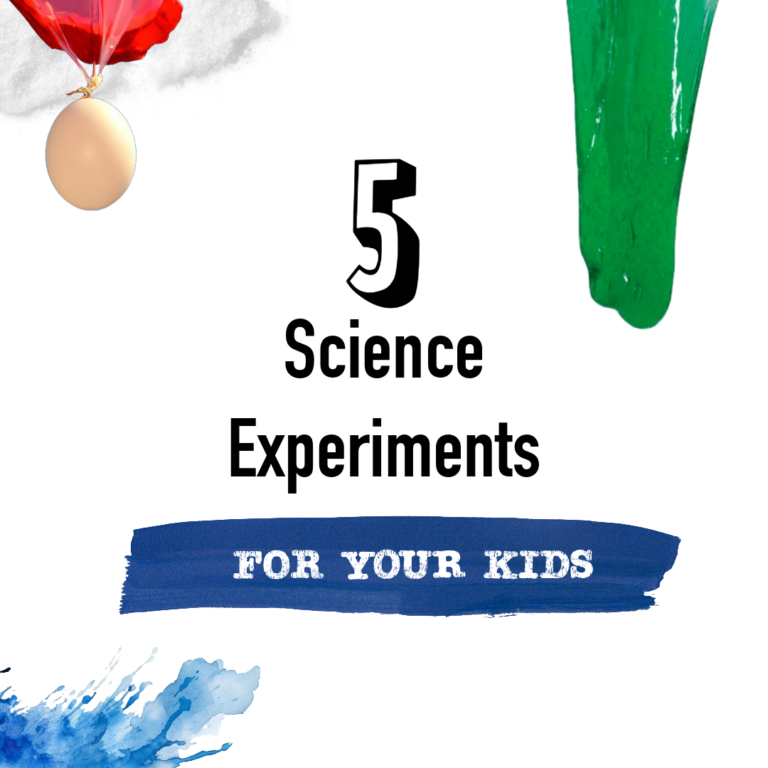Introduction
Quantum computing is a rapidly advancing field that has the potential to revolutionize technology as we know it. By harnessing the principles of quantum mechanics, quantum computers have the ability to solve complex problems at an unprecedented speed. This blog post will explore the fascinating world of quantum computing and its potential impact on various industries.
The Basics of Quantum Computing
To understand how quantum computing works, we first need to grasp the basics of quantum mechanics. Unlike classical computers, which use bits to represent information as either a 0 or a 1, quantum computers use quantum bits or qubits. These qubits can exist in multiple states simultaneously, thanks to a phenomenon called superposition.
Superposition allows qubits to represent both 0 and 1 simultaneously, exponentially increasing the computational power of quantum computers. Additionally, qubits can also be entangled, meaning their states become interconnected. This property enables quantum computers to perform parallel computations, further enhancing their capabilities.

Applications of Quantum Computing
Quantum computing has the potential to revolutionize various industries by solving complex problems that are currently infeasible for classical computers. Here are some areas where quantum computing shows promise:
Cryptocurrency and Cybersecurity
One of the most significant applications of quantum computing lies in the realm of cryptography. Quantum computers have the potential to break many of the encryption algorithms currently used to secure sensitive information. However, this same power can also be leveraged to develop quantum-resistant encryption methods, ensuring the security of digital assets in the age of quantum computing.
Drug Discovery and Healthcare
Quantum computing can significantly accelerate the process of drug discovery by simulating molecular interactions and predicting their behavior. This capability can lead to the development of new drugs and therapies for various diseases, ultimately saving lives and improving healthcare outcomes.
Optimization and Logistics
Quantum computing excels at solving optimization problems, such as route optimization and resource allocation. Industries like transportation, supply chain management, and logistics can benefit greatly from quantum-based algorithms that optimize delivery routes, minimize costs, and improve overall efficiency.
Artificial Intelligence and Machine Learning
Quantum computing can enhance the capabilities of artificial intelligence and machine learning algorithms, enabling faster and more accurate data analysis. Quantum machine learning algorithms can process vast amounts of data in parallel, leading to breakthroughs in areas like image recognition, natural language processing, and pattern recognition.
The Current State of Quantum Computing
Although quantum computing has made significant strides in recent years, it is still in its early stages of development. Building a practical and scalable quantum computer remains a complex challenge due to factors such as qubit stability, error correction, and decoherence.
Leading tech companies, research institutions, and governments are investing heavily in quantum computing research and development. Quantum computers with a few dozen qubits are already available, and efforts are underway to increase qubit count and improve overall performance.
The Future of Quantum Computing
As the field of quantum computing continues to advance, we can expect transformative changes in various industries. Quantum computers with hundreds or even thousands of qubits will be capable of solving problems that are currently unsolvable.
Industries like finance, material science, climate modeling, and optimization will benefit greatly from the increased computational power offered by quantum computing. Furthermore, quantum computers have the potential to revolutionize fields like artificial intelligence, drug discovery, and cryptography, opening up new possibilities for innovation and scientific breakthroughs.
Conclusion
Quantum computing holds immense potential to revolutionize technology as we know it. By harnessing the principles of quantum mechanics, quantum computers can solve complex problems at an unprecedented speed, offering solutions in areas such as cryptography, drug discovery, optimization, and artificial intelligence.
While quantum computing is still in its early stages, significant progress has been made, and the field continues to garner attention and investment. As quantum computers with larger qubit counts become a reality, they will unlock new possibilities and transform industries across the board. The future of technology is undoubtedly intertwined with the power of quantum computing.
Frequently Asked Questions about Quantum Computing: Revolutionizing Technology with Quantum Mechanics
1. What is quantum computing?
Quantum computing is an emerging field of technology that utilizes principles from quantum mechanics to process information. Unlike traditional computers that use bits to represent information as either 0 or 1, quantum computers use quantum bits or qubits, which can represent both 0 and 1 simultaneously. This unique property allows quantum computers to perform complex calculations much faster than classical computers.
2. How does quantum computing work?
Quantum computing relies on quantum superposition and entanglement, which are fundamental concepts in quantum mechanics. Superposition allows qubits to exist in multiple states simultaneously, while entanglement links the states of two or more qubits so that the state of one qubit can affect the state of another instantaneously. By manipulating qubits through quantum gates, quantum computers can perform parallel computations and solve problems that are currently intractable for classical computers.
3. What are the potential applications of quantum computing?
Quantum computing has the potential to revolutionize various fields, including cryptography, optimization, drug discovery, material science, and artificial intelligence. For instance, quantum computers can break current encryption algorithms, leading to the development of more secure cryptographic systems. They can also solve complex optimization problems, enabling more efficient resource allocation and logistics planning. Moreover, quantum simulations can help scientists understand the behavior of molecules and design new drugs with enhanced efficiency.
4. Is quantum computing a threat to classical computing?
While quantum computing offers immense potential, it is not considered a threat to classical computing. Quantum computers excel in solving certain types of problems, but they are not designed to replace classical computers entirely. Classical computers will still be used for everyday tasks, while quantum computers will be utilized for specific applications that leverage their unique computational power.
5. Are quantum computers commercially available?
Currently, quantum computers are in the early stages of development and not widely available for commercial use. However, several companies and research organizations are actively working on building and improving quantum computers. Quantum computing is expected to become more accessible in the future as technology advances and scalability challenges are addressed.
6. What are the challenges in quantum computing?
Quantum computing faces several challenges, including qubit stability, error correction, and scalability. Qubits are highly sensitive to environmental noise and can easily lose their quantum states, leading to errors in calculations. Error correction techniques are being developed to address this issue, but they require additional qubits and computational resources. Additionally, scaling up the number of qubits and maintaining their coherence is a significant challenge, as quantum systems become more prone to errors with increased complexity.
7. How long will it take for quantum computing to become mainstream?
The timeline for quantum computing to become mainstream is uncertain. While progress is being made in improving qubit stability, error correction, and scalability, there are still significant technological hurdles to overcome. It is predicted that within the next decade or two, quantum computing will become more prevalent and find practical applications in various industries. However, the exact timeframe depends on advancements in technology, research breakthroughs, and investments in the field.
8. How can I learn more about quantum computing?
If you are interested in learning more about quantum computing, there are various resources available. Online courses, books, and research papers provide in-depth knowledge about the principles, algorithms, and applications of quantum computing. Additionally, attending conferences, workshops, and joining quantum computing communities can help you stay updated with the latest developments in this exciting field.















